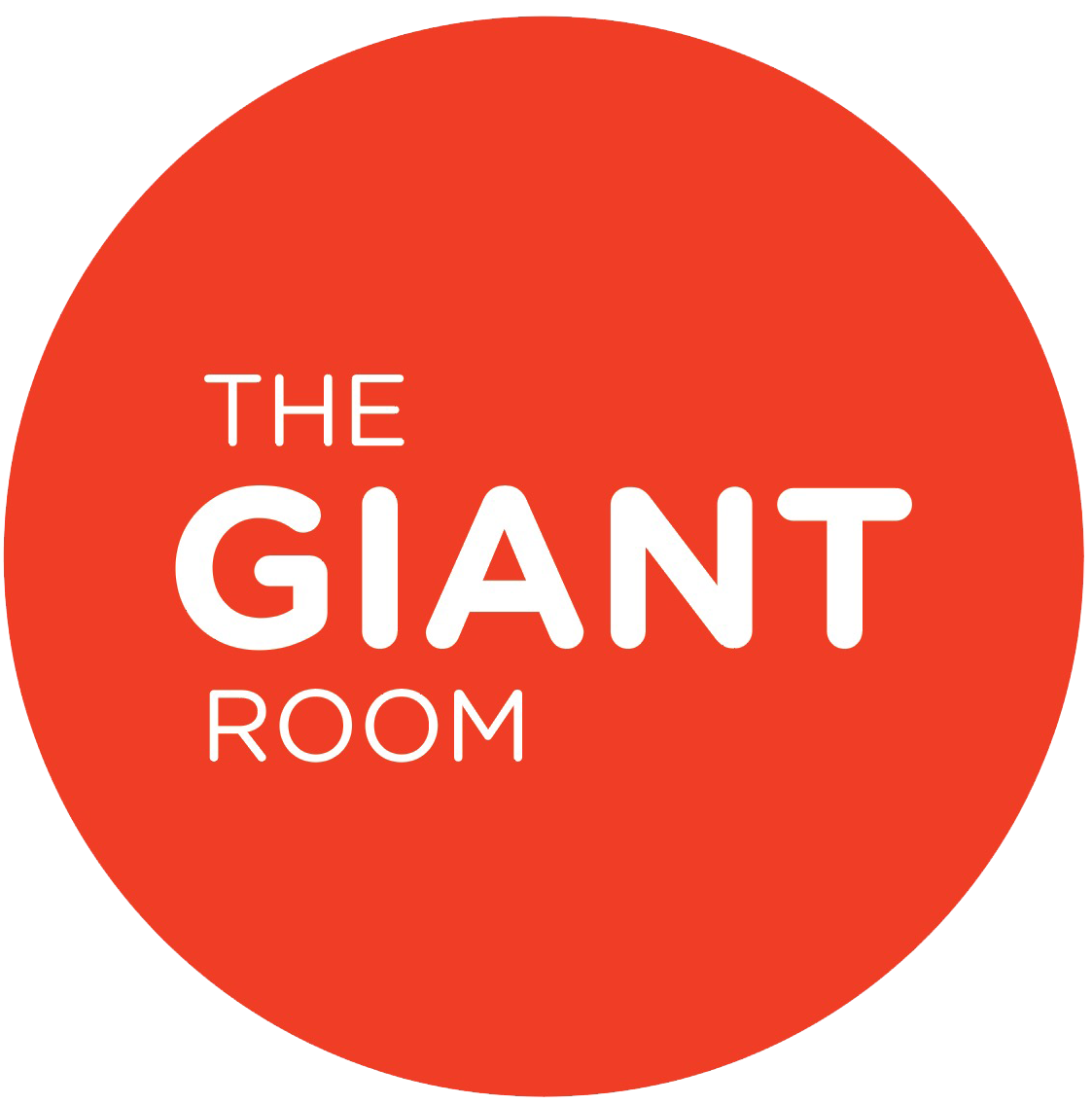STEAM (STEM + ARTS) News in Review: 4/8/2022
Our STEAM (STEM + Arts) News in Review for this week. Below are the articles we read and wanted to share. Enjoy!
Champignon communicators! A recent study, published in Royal Society Open Science, supports that mushrooms may be saying things to each other via electrical impulses mimicking patterns similar to human language. Professor Andrew Adamatzky analyzed the patterns of electrical spikes generated by four species of fungi and found that these spikes often clustered into trains of activity. The remarkable part is that the patterns resemble vocabularies of up to 50 words and that the distribution of these “fungal word lengths” seems closely matched those of human languages. Our fungal friends just keep amazing us! However, Adamatsky also admitted, “There is another option – they are saying nothing,”. While the patterns don’t seem random, it is not definitive yet exactly what they do mean.
The Guardian: Mushrooms communicate with each other using up to 50 ‘words’, scientist claims
Solar panels that work at night! Typically, as indicated in their name, “solar” panels require light to store and act as a power source. But engineers at Standford University have designed a new solar cell using a thermoelectric generator, and it can pull electricity from the small difference in temperature between the ambient air and the solar cell itself. Currently, standard solar panels can provide electricity during the day, but this new type of device can now serve as a "continuous renewable power source for both day- and nighttime." Read more details on their work published in the journal Applied Physics Letters.
NPR News: Solar panels that develop electricity at night have been developed at Stanford
AI generated art is making waves or whatever you tell it to. This week, OpenAI unveiled the DALL·E 2 system, which can generate artistic images from a natural language phrase. So now, anything you describe can be transformed into a work of art. Take this illustration of a wise cat meditating in the Himalayas searching for enlightenment or this art of robot dinosaurs versus monster trucks in a colosseum fight. What would like to see come together in a wacky computer-generated art image? If you can’t wait to try it out, unfortunately, it’s not yet publicly available, but you can join a waitlist so get your ideas!
Input: DALL·E 2’s AI-generated art is blowing our minds
Alchemy, art, and climate. How can geoengineering practices play a role in helping mitigate a warming world? Colin Lyons, Assistant Professor of Art and Design at Binghamton University is setting out on a multi-residence journey across the globe to explore the connections between climate engineering and alchemy in upcoming art installations. He is looking to capture the tensions and possibilities of geoengineering, which involves radical strategies that are, at present, years away from implementation. Some example proposals, include using high-altitude jets to spray sulfur particles into the stratosphere to reflect sunlight away from the Earth, mimicking a process seen in volcanic eruptions. Another would construct a giant sunshade around the planet. In the arctic, ideas like creating artificial icebergs by desalinating Arctic Ocean water and recasting it into hexagonal ice-forms or sprinkling silica sand — essentially tiny glass beads — over the Arctic to make it more reflective. He is positioning geoengineering as a kind of contemporary alchemy and will push the envelope for creative solutions using the blend of science and art.
Printing human-like skin for robots. In a new study in the Journal of The Royal Society Interface, researchers in the U.K. took an artificial robotic fingertip and dressed it up in 3D printed skin capable of tactile sensing and relaying electric signals much like human skin. Called the TacTip, this new advancement may create a generation of dexterous robots and even help improve prosthetics to resemble their flesh-and-blood counterparts. This breakthrough could help restore a sense of touch to amputees who rely on prosthetic limbs.
The Daily Beast: 3D Printed Skin Can Give Robotic Hands a Human Touch
Sending digital art to the moon! Humans have been long sending artifacts of various sorts up tospace from Lego figurines to musical instruments to pizza! Now artist Jeff Koons has planned to send a series of sculptures with corresponding NFTs to actually land on the moon. The intention is that the sculptures remain there in perpetuity. The project is titled Moon Phases. Koons shared that the intent behind the work as … “Our achievements in space represent the limitless potential of humanity. Space explorations have given us a perspective of our ability to transcend worldly constraints. These ideas are central to my NFT project, which can be understood as a continuation and celebration of humanity’s aspirational accomplishments within and beyond our own planet.”
Art News: Jeff Koons To Release NFT Project That Will Land on the Moon

